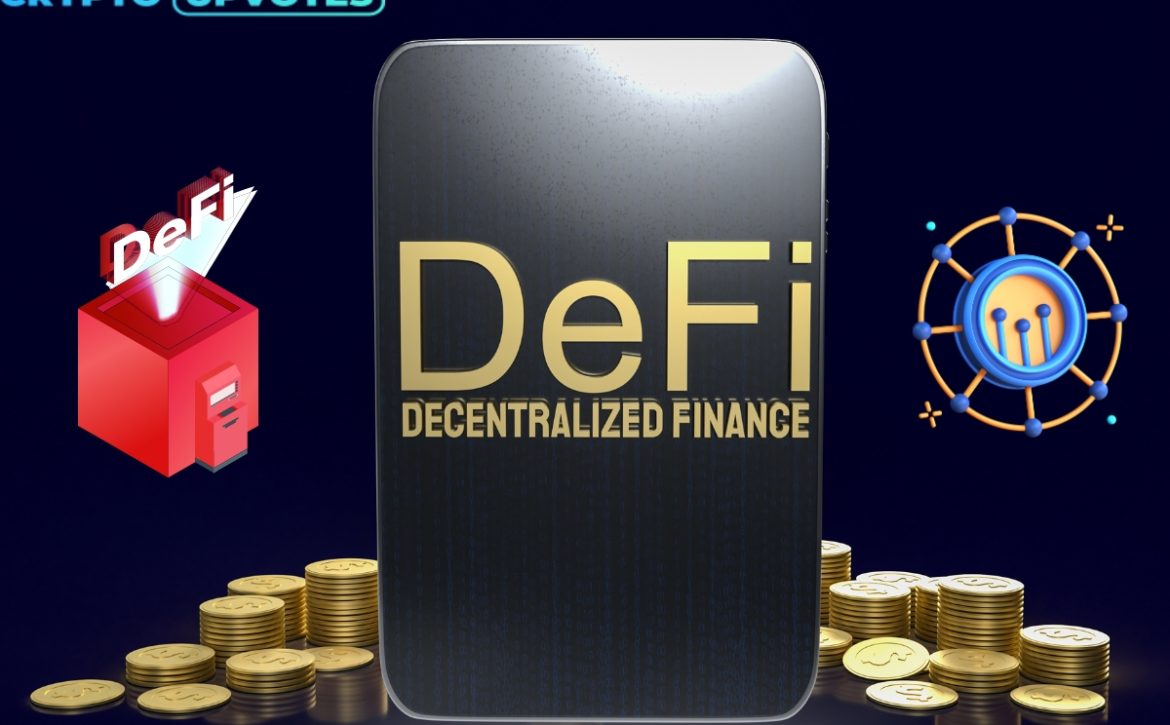DeFi is the future of cryptocurrency, what are benefits of decentralized finance
Over the past year, several major cryptocurrency companies have suffered, and the banking industry is also in crisis. Our experts tell us what problems the DeFi sector is solving
Cryptocurrencies returned to growth in 2023. Since the beginning of January, Bitcoin’s price soared 70% and hit a local high above $28,000. The largest altcoins in terms of capitalization also rose in price following Bitcoin. At the same time, the banking system is suffering: it all began with the bankruptcy of three banks in the United States (Sillicon Valley Bank (SVB), Silvergate and Signature Bank). And then the problems of Swiss Credit Suisse, which was saved by the takeover of UBS. However, the situation continues to be uncertain. And more and more investors are looking toward DeFi.
For cryptocurrencies now also plays the fact that the U.S. authorities are trying to reduce tensions in the banking sector. And to take additional measures. And, as we remember from recent history, low Fed rates and “dovish” policy of the U.S. authorities. Then it’s a path for risky assets to hit record highs. It was during quantitative easing (QE) that Bitcoin quotes were at a peak of $69,000. And after the change in QE, the crypto market began to correct.
It is important to understand the high dependence of digital currency quotes on U.S. policy. This is a serious factor, but not a determining one. Last year, several major cryptocurrency companies, including trading venues and hedge funds, went bankrupt. The most famous example is the FTX exchange, as well as the Terra project. The total losses amounted to billions of dollars.
The main problem of both the banking sector and the largest bankrupt crypto-projects is centralization. In order to solve it, financial services in the form of services and applications – decentralized finance (DeFi) – were created on blockchain. They are an alternative to the banking sector, which is particularly vulnerable in recent times. And a replacement for the traditional technologies of the financial system.
Important benefits of decentralized finance
A key advantage of DeFi is the ability to function without the need for a third party. A computer program executes agreements between two or more parties. As a result, under one condition or another, certain actions take place. This is the principle on which the smart contract works.
Just as importantly, when working with DeFi-service, the user is always in control of all of his funds. Customers of centralized platforms (whether banks or exchanges) have to trust them with their money, to give it for deposit. In the case of decentralized finance the client connects his own wallet and conducts all transactions directly from it.
The DeFi market is just beginning to develop. Our experts estimate that only 7 million people have used decentralized finance protocols so far. The potential growth of this sphere is estimated to be at least 50 times in the coming years.
In conditions of banking crisis and collapse of centralized giants of crypto-industry, probably, it makes sense to pay attention to the sphere of decentralized finance DeFi. This is a promising industry that is just beginning to develop, and with the right approach, allows investors to work with their assets in a transparent and relatively safe way.






